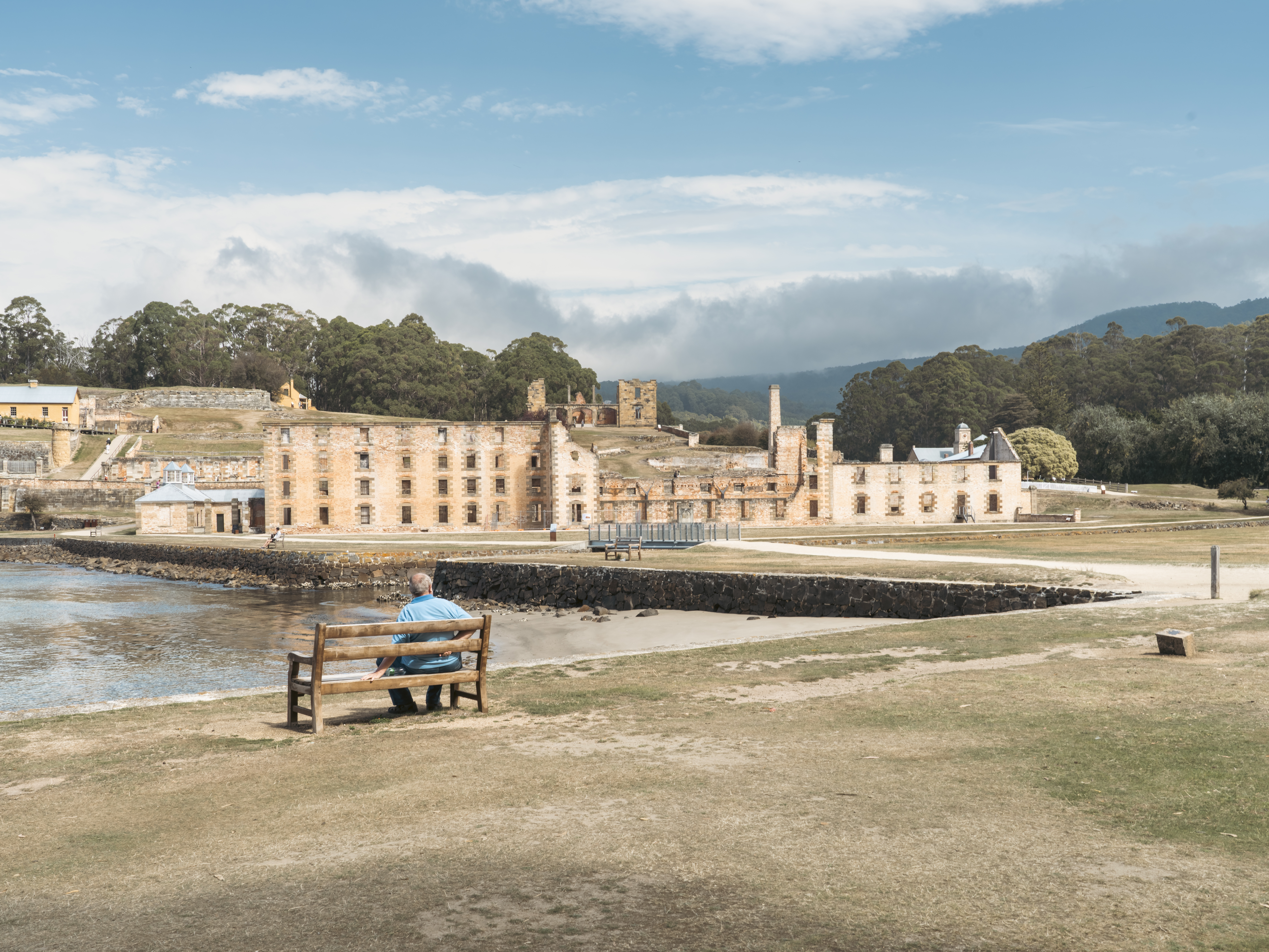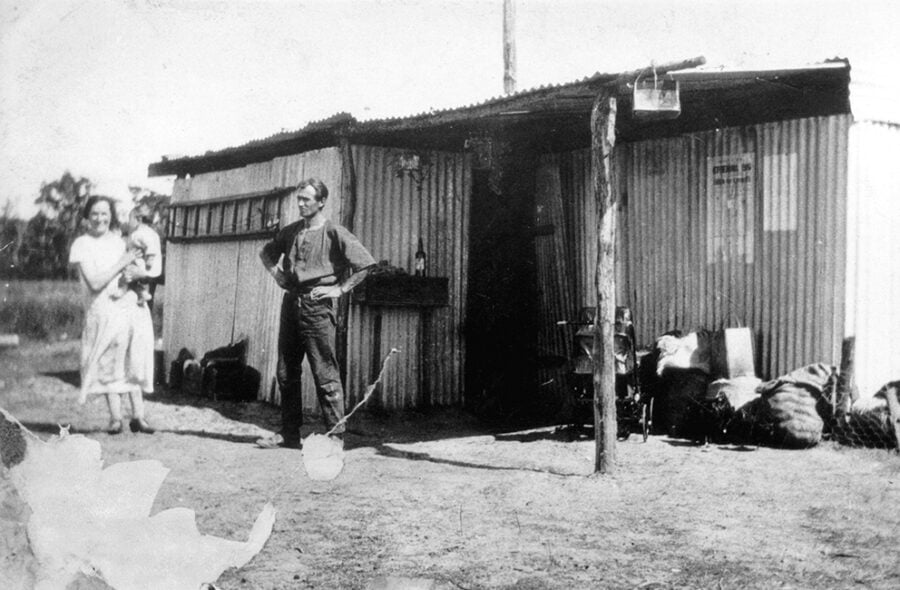Port Arthur Historic Site’s reputation precedes it. The name ‘Port Arthur’ alone evokes a strong emotional response for many Australians due to its connection to two dark yet formative chapters in our nation’s history.
Two centuries ago, it was a harsh secondary punishment station for male convicts, and almost 30 years ago it became the site of a horrific massacre that claimed the lives of 35 people. But despite its bleak history and remote location on the southern end of the Tasman Peninsula, Port Arthur is one of Tasmania’s most popular tourist attractions, bringing hundreds of thousands of visitors each year.
Port Arthur is Australia’s largest and best-preserved convict site, with more than 30 buildings and ruins scattered across the 100ha settlement including guard towers, a penitentiary, churches and private cottages. The surrounding landscape is physically beautiful and features gardens, towering sea cliffs and a harbour surrounded by forest.
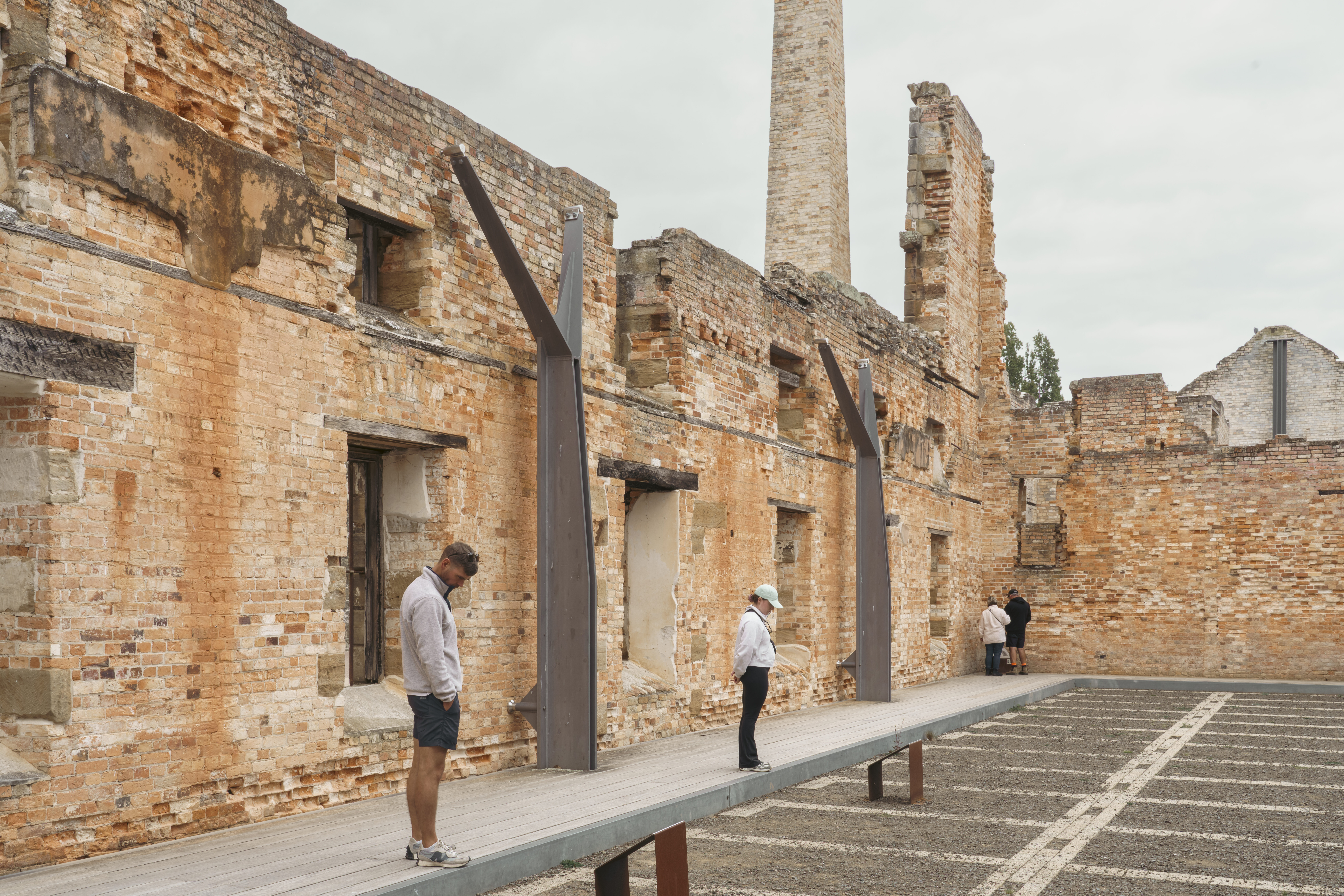
Thousands of people lived here during its European history, from boys and petty thieves to violent criminals. Priests, soldiers, civil servants and wives and children also lived at the penal settlement.
Colin Knight has spent more than 30 years working as a guide at Port Arthur, and over the course of his lifetime he has seen public opinion towards Australia’s convict past shift from shame to a cornerstone of our national identity.
“The attitude to convicts generally in this country has changed considerably,” he says, citing Robert Hughes’ bestselling 1986 book The Fatal Shore, and the 1988 bicentenary, as two major turning points. “Now, people actively look for convicts in their past, whereas earlier generations, of course, denied the fact,” he says.
Colin admits he doesn’t have a convict in his family tree, but he still feels a strong emotional connection to Port Arthur. You don’t need convict heritage to be moved by the stories of hardship attached to this place and appreciate the resilience of the men and boys who passed through.
Severe punishment
Port Arthur was founded in 1830 as a timber-getting camp. In 1833 it became a secondary punishment station for reoffending male convicts from across the Australian colonies. “Secondary punishment was the very bottom rung of the convict system of Van Diemen’s Land,” Colin says. “It was a harsh place.”
Port Arthur’s bleak reputation has survived into the 21st century. Stories of cruel punishments have endured longer than many of its physical buildings, boosted by Marcus Clarke’s 1872 bestselling novel For the Term of His Natural Life (which Colin describes as a bit of “an improbable soap opera”).
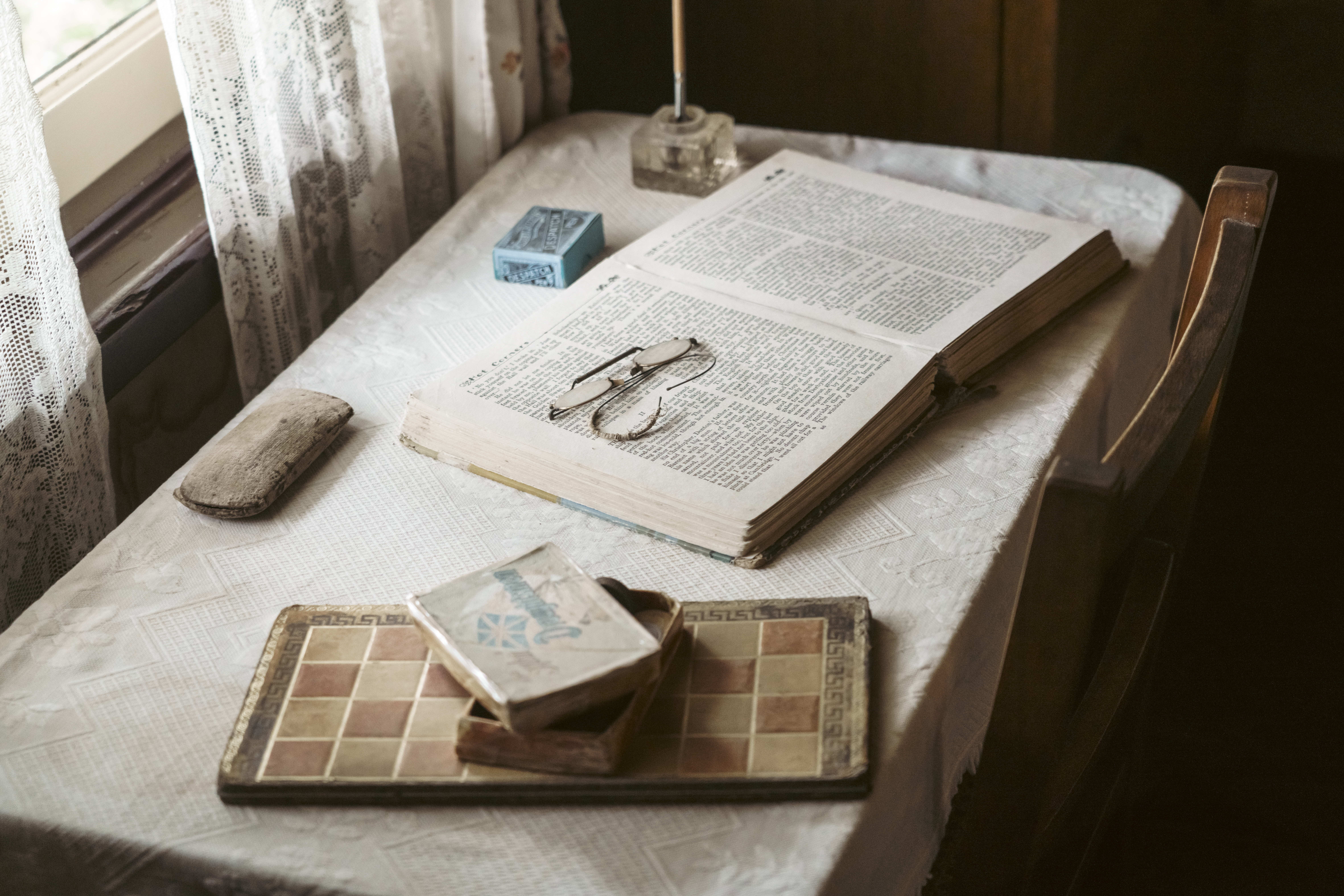
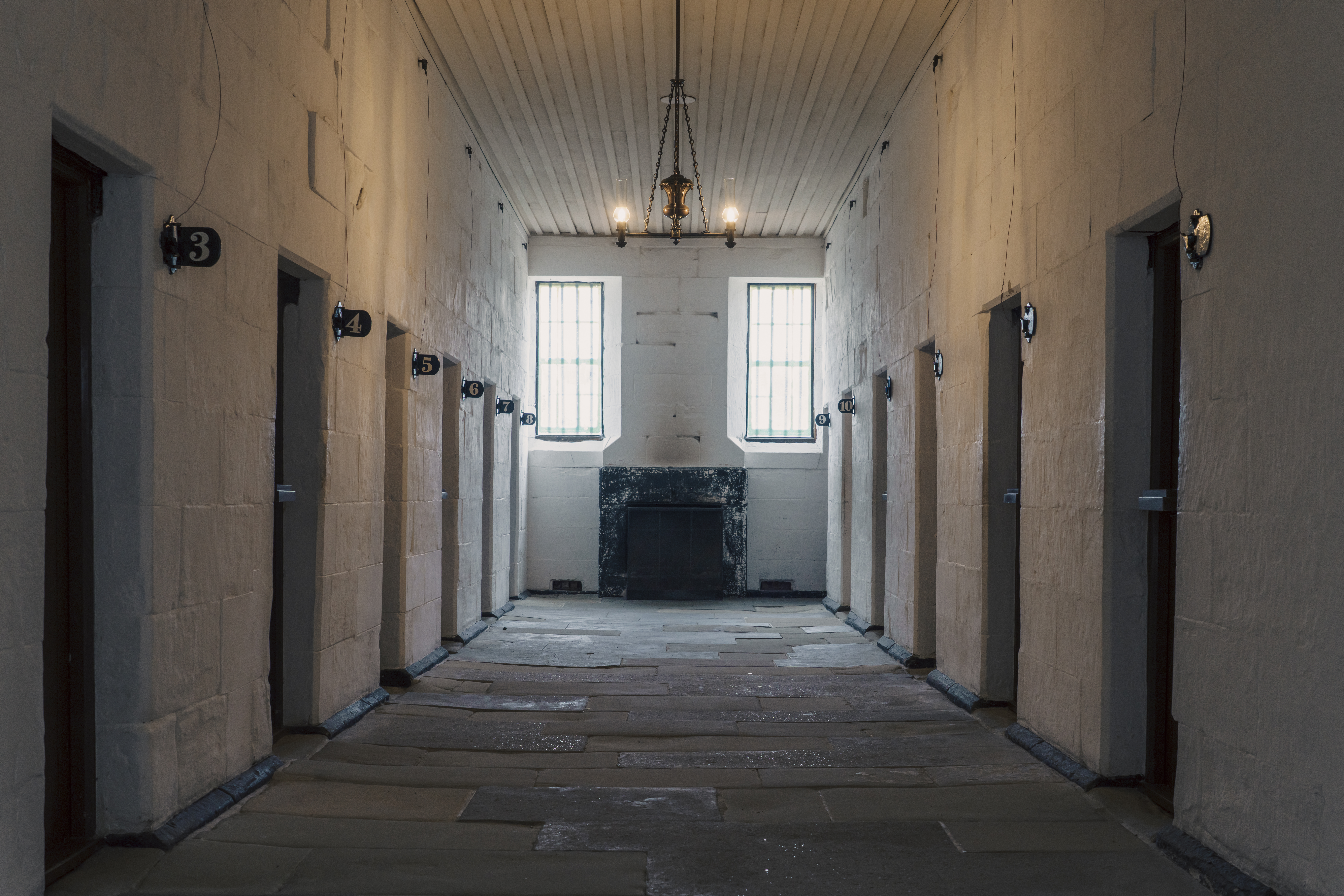
The Separate Prison is arguably Port Arthur’s most notorious building. Convicts interned in this prison, completed in 1852, were subject to separate treatment: total solitary confinement – sometimes in windowless, pitch-black cells – in absolute silence. To increase their isolation, convicts wore hoods over their heads when walking to and from the chapel and watched the services from individual cubicles. It was hoped the silence would encourage introspection, and that the social isolation would distance convicts from the corrupting influence of other inmates.
“A young person in a prison can learn how to be a better criminal simply by being in prison, so the solitude and separation was part of trying to break that criminal culture and the criminal learning,” Colin says. “The silence was also there, whereby a person would contemplate past misdeeds, meditate upon these, and, with religious [instruction], reformation would be generated from within and therefore might be more permanent. It was fairly ambitious thinking.”
The dreaded Separate Prison reflects Port Arthur’s more experimental side: it was a place that sought to reform criminals, not just mete out punishments. Colin quotes English philosopher Jeremy Bentham when he says Port Arthur is “best described as a ‘machine for grinding rogues honest’”. Put simply, criminals could be moulded into respectable citizens through hard work and moral instruction.
“The idea of this machine is you feed these people into it, and it grinds away, and out the other end – hopefully – a more compliant, more malleable contributing citizen to the new colonies emerges,” Colin says. “The consequence of that not working is they were simply fed back into the machine, which continues grinding.”
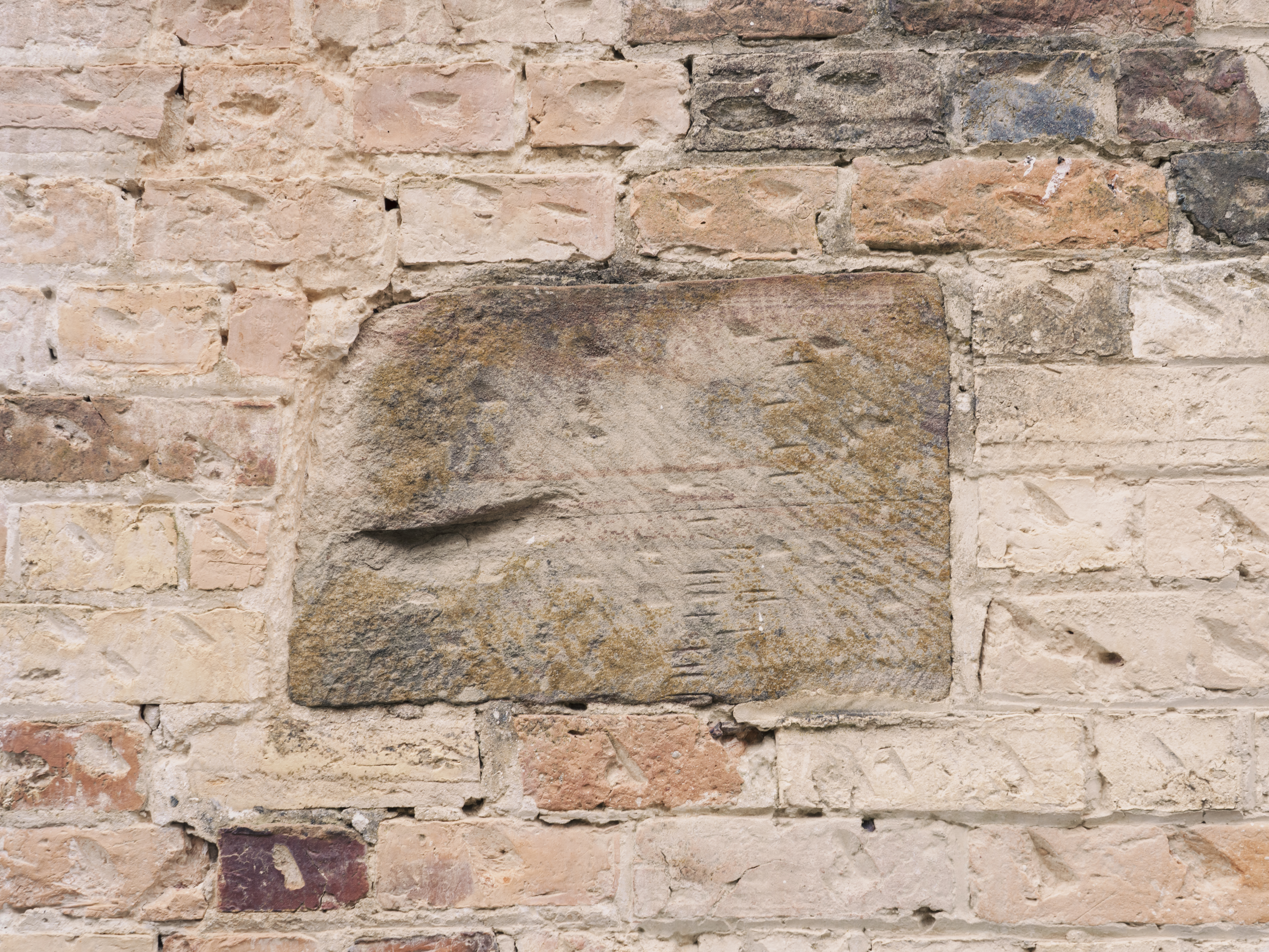
Port Arthur provided reoffending convicts with the skills needed to achieve a better life. Convicts there were taught to read and write, and many also learned a trade. By the 1850s, the site had expanded to a 40ha industrial penal settlement, with convicts engaged in all manner of trades from shoemaking to smithing, brickmaking and shipbuilding.
A convict’s experience at Port Arthur often hinged on their behaviour: good behaviour could result in learning a trade and early release; bad behaviour landed them in Separate Prison. Early release was the ultimate incentive.
Colin says a common misconception is that a reoffending convict was sent to Port Arthur and left ‘for the term of his natural life’. In reality, a well-behaved convict could be discharged from Port Arthur within two or three years – and, having learned a trade and basic literacy, embark on a new life.
“Now, it’s then up to them to stay on that path,” Colin says, “and of course, if they don’t, they can end up back here – or, even worse, on Norfolk Island. So, that possibility was there: if [they] wanted freedom and, essentially, a better life, it was still available…if they followed the specific guidelines of obeying rules and regulations, and working hard.” Colin says whether or not this was successful is a matter of prolonged debate.
One of Colin’s favourite sites at Port Arthur is Point Puer, a probation station for boys that operated from 1834–48 across the harbour from the main penitentiary area. It was the first purpose-built prison for boys in the British Empire and had nearly 800 living there at its peak.
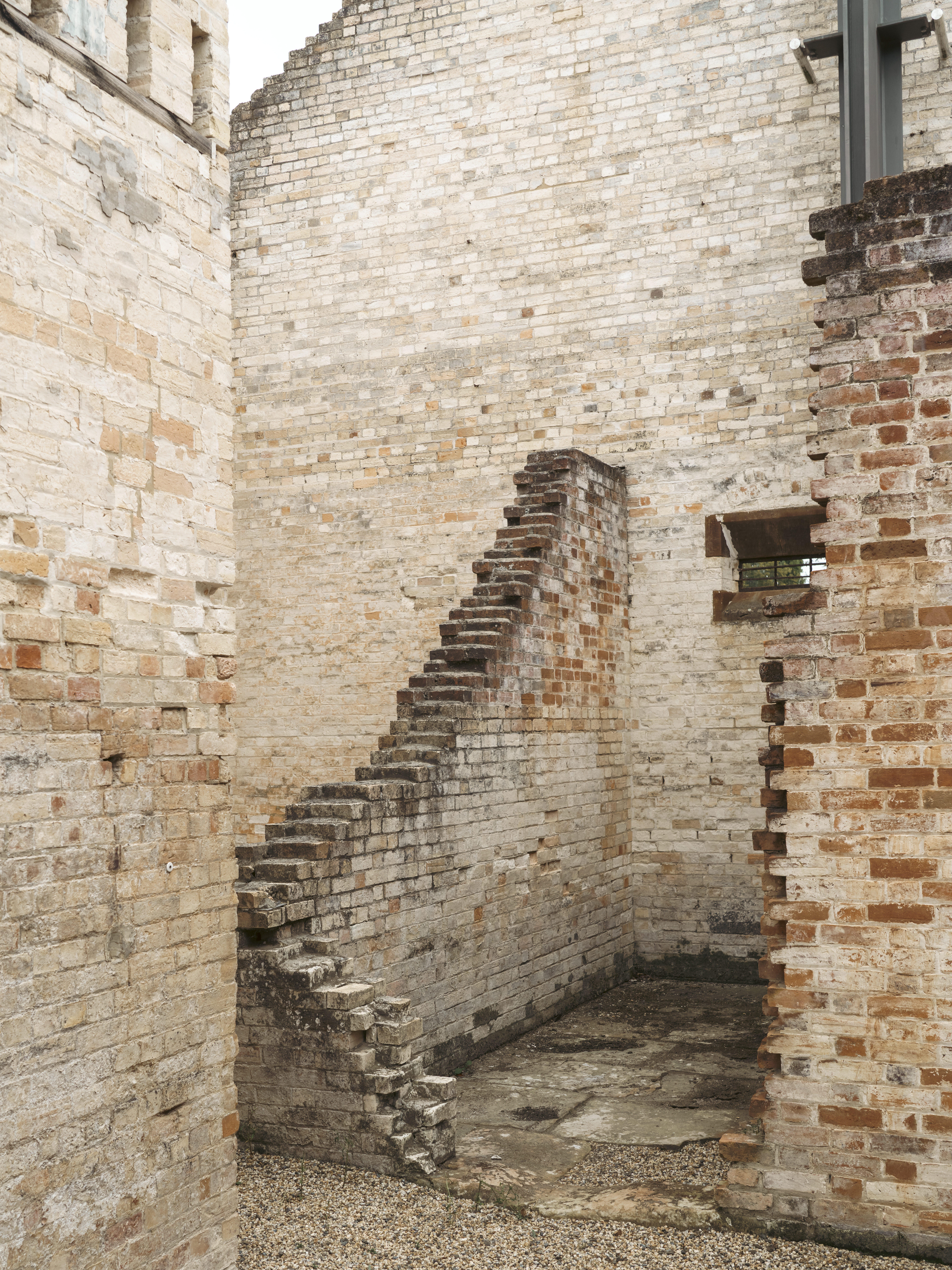
“The good thing about Point Puer was it got the kids out of the clutches of adult criminals, and that got them away largely from their influence,” Colin says. “A problem with Point Puer was it never had the resources that would have been necessary to make it work better.”
Disciplining the boys and keeping them in line was no small task. Colin describes these wild, tough-as-nails street children as “the Artful Dodgers”. The idea, as with adult convicts, was to teach them a trade and a semblance of education then set them on their way.
“A few probably made it, and some of them didn’t, of course,” Colin says. “Many of the boys carried the stigma that they’d been at Port Arthur into their life after they’d been released. Technically, Point Puer was a probation station; it was located at and administered by Port Arthur, but technically it wasn’t part of it. But that, of course, made no difference to the people who encountered these young men as they grew up – they simply knew that they’d been at Port Arthur.”
During the 1860s Port Arthur entered a slow decline. The Pauper’s Depot and Asylum were built to house the destitute and mentally ill. The Pauper’s Depot was the first of its kind in the Australian colonies. When Port Arthur closed in 1877, the site quickly became a tourist attraction. Some convicts returned here and for a small fee would tell stories of their horrifying experiences.
There are no words
On 28 April 1996 a gunman entered Port Arthur’s Broad Arrow Cafe with three semi-automatic rifles. He then murdered 35 people and injured dozens more. The incident sent shock waves around the world and proved to be a watershed moment for Australia.
As the nation grieved, the public united in overwhelming support for tighter gun control, including a total ban on automatic and semi-automatic firearms. Then-prime minister John Howard swiftly introduced the National Firearms Agreement that banned a number of firearm types, tightened gun-ownership legislation and introduced a buyback scheme that saw more than 650,000 firearms surrendered to the government to be melted down.
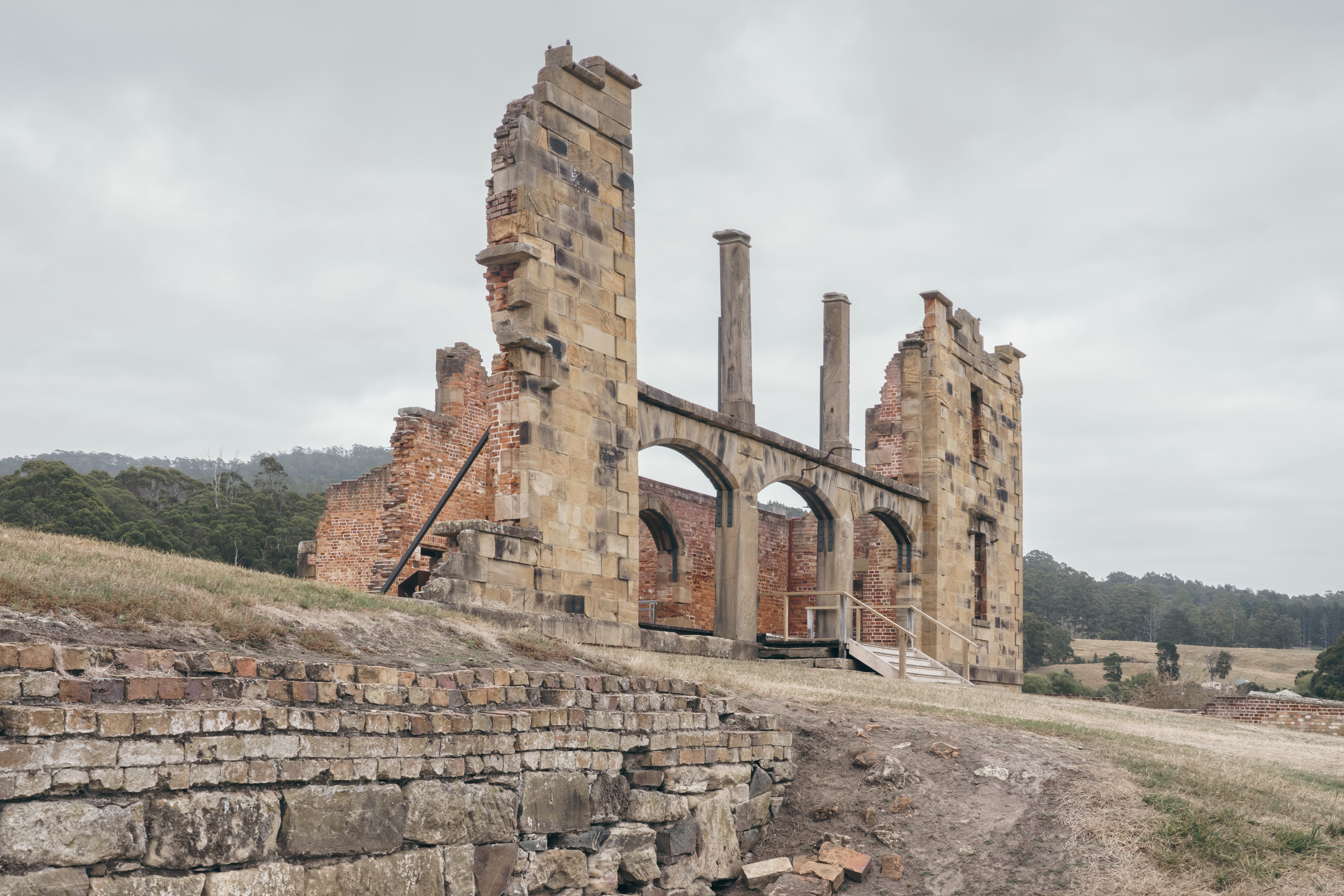
Today, the victims of this still very raw tragic event are commemorated in a memorial garden at Port Arthur Historic Site. The memorial, near the ruins of the Broad Arrow Cafe and surrounded by a garden, features a plaque of the names of the victims and a reflection pond.
Colin says it’s where people can sit quietly and reflect on the tragedy. “We have a garden around it…to give the people who are in the memorial garden that sense of separation [from] the herds of people walking past,” he says.
Colin says tourists at Port Arthur are generally respectful. “They remain curious, of course, and we get [asked] questions,” he says. “But I have to say, the majority of our visitors are very sensitive to the events of 1996.”
